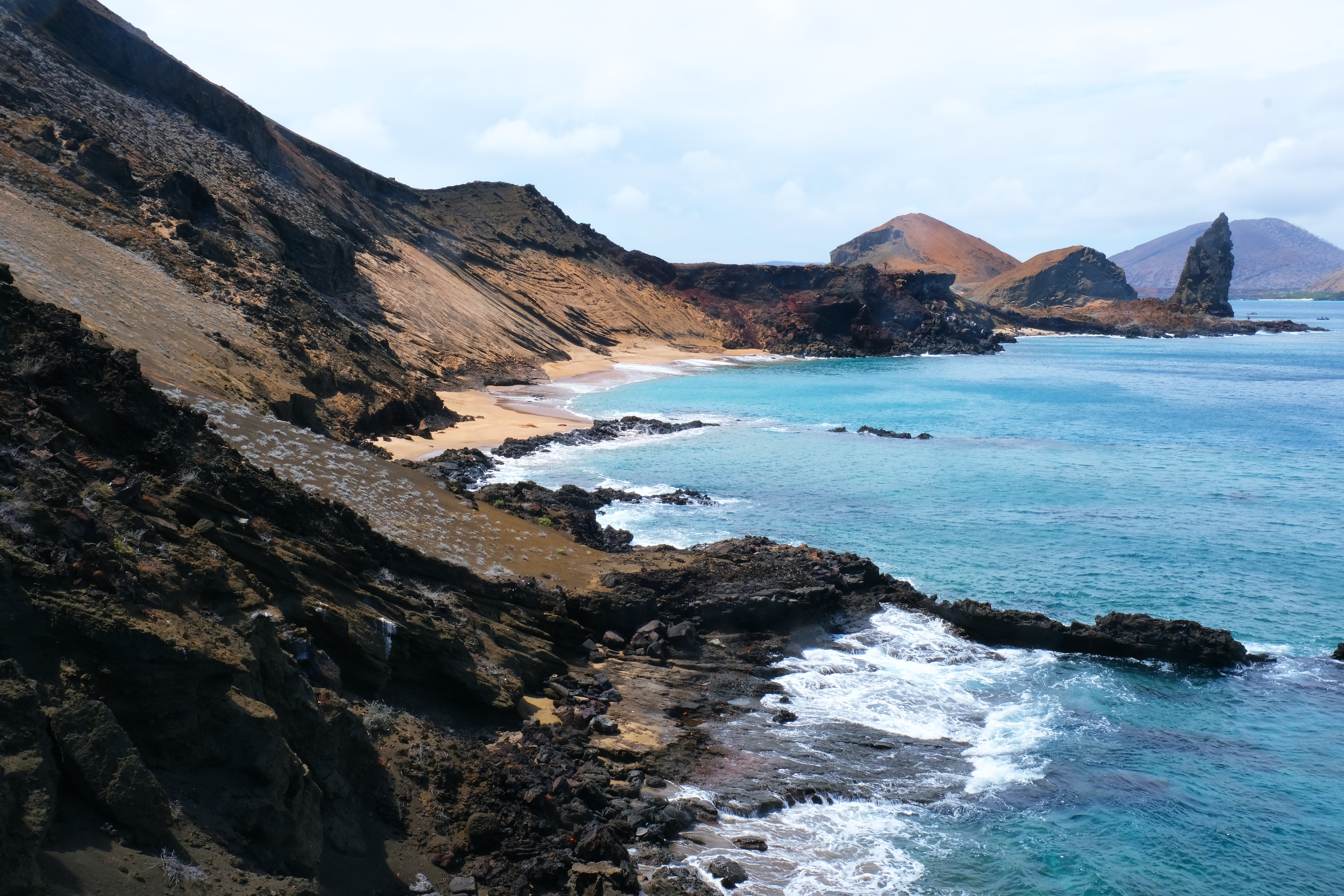Ecuador is a destination not to be missed in Latin America. As rich in history and culture as it is in biodiversity, this country is a dream destination. Ecuador is located north of Peru and south of Colombia, between the Andes and the Amazon rainforest. We will show you the most important sites to visit in Ecuador.
It offers an infinite multitude of possibilities for activities and places to discover. Choose between its numerous volcanoes, nature reserves and forests, its authentic Native villages, its ruins testifying to the greatness of past civilizations and its unique gastronomy.
It is also a very popular destination for athletes, and offers a wide choice of sports activities, between treks, water sports and extreme sports. From sublime colonial cities to the famous paradise islands of the Galapagos archipelago, Ecuador is a country that never fails to surprise and make you dream. Are you planning a stay in Ecuador in the coming months? Here is a list of essentials not to be missed for a 100% successful stay.
Quito
Quito is the capital of Ecuador but also the largest city in the country. It is extremely rich in historical and cultural terms. Its historic centre has been listed as World Heritage by UNESCO since 1978. A well-deserved reward: between its colonial architecture and its magnificent religious buildings, Quito is a charming city that will amaze you without a doubt.
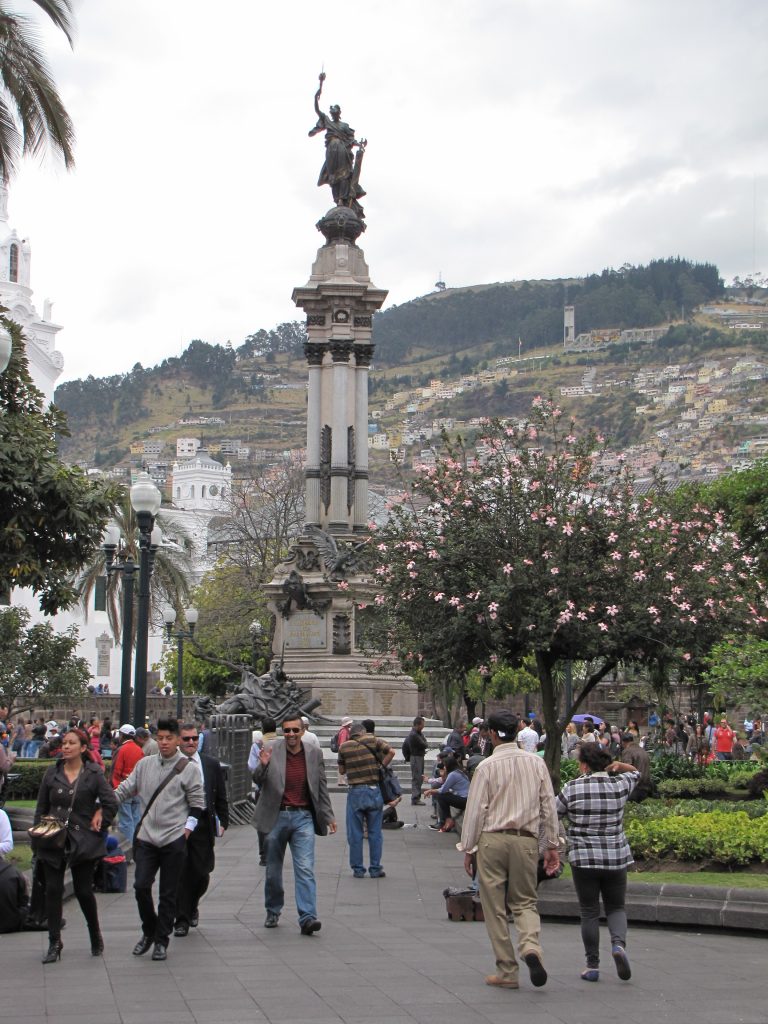
The Baroque Church of the Compañía de Jesús is a must see. Nicknamed the “Sistine Chapel of Quito”, it is one of the most beautiful churches in the country. As for the Church of San Francisco, it is one of the oldest in Ecuador. It actually dates from the end of the 17th century. Richly decorated inside, it also amazes with its exterior facade, a mixture of different architectural styles.
If you’re a fan of panoramas, climb to the top of one of the towers of the Basilica of the National Vow. It stands 117 meters high. Or climb to the top of Panecillo Hill in the heart of the city.
To taste Ecuadorian gastronomy, go to the San Francisco market. Here you will find many local and endemic fruits and vegetables, as well as Ecuadorian culinary specialties.
Finally, to enjoy the sun, go to La Carolina Park. It is famous for its immense botanical garden sheltering more than 2,000 species of orchids and many animal and plant species living in the different landscapes of Ecuador.
La Mitad del Mundo
Ecuador has the astonishing characteristic of being on the two hemispheres, the north and the south. Visit the tourist site of “La Mitad del Mundo” (literally “half the world”). You can visualize the precise place where our planet rocks from one hemisphere to another!
Only a few kilometres from Quito, this site is in reality the reconstruction of a village from the colonial era. Here you will find Indian craft shops, the anthropological museum Inti Nan and a monument placed on the imaginary line of the equator (marked in yellow on the ground). This monument dates from the 18th century. To be honest, it is not exactly at latitude 0-0’-0. Measuring instruments were much less precise than today.
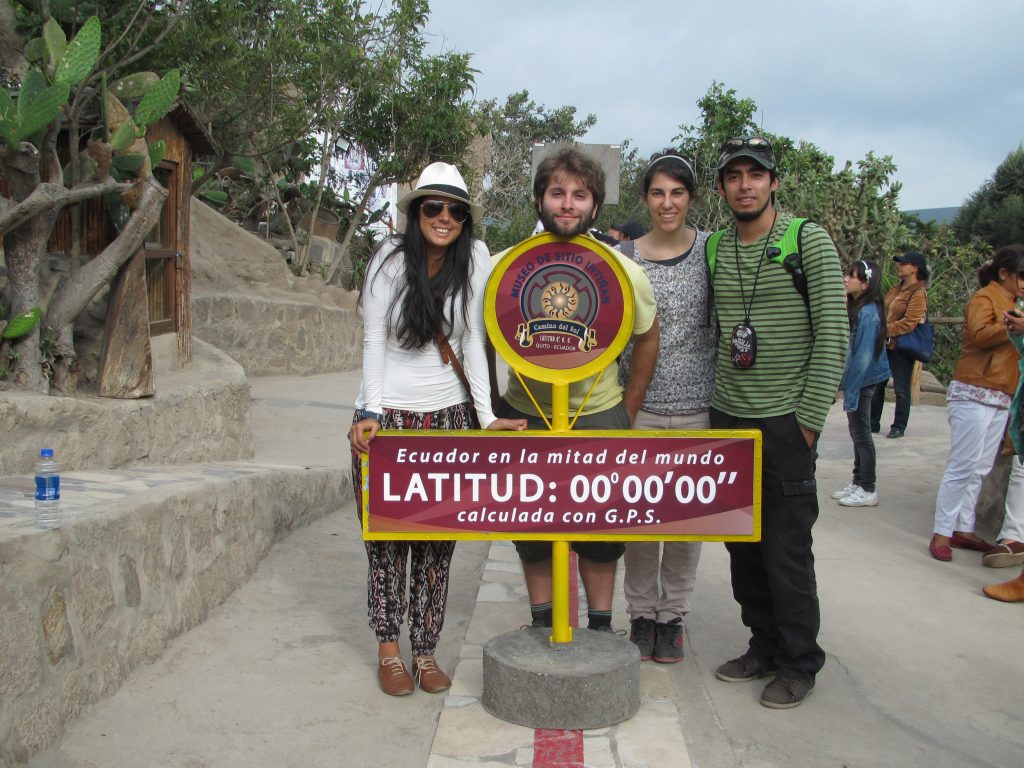
However, you will find the point of latitude 0-0′-0 inside the anthropological museum, where fun workshops on the theme of gravity will be offered, so that you can realize the impact of the passage of one hemisphere to another on gravity. It is an experience as unusual as it is unavoidable and of course, do not forget the famous photo with two feet on each side of the equator!
San Clemente
The small seaside village of San Clemente is a detour not to be missed: its landscapes as paradisiacal as authentic will certainly have something to please you. San Clemente Beach has a postcard setting: it stretches over three kilometres of fine white sand and palm trees. It’s a great place to practice water sports like scuba diving, surfing or fishing. If you are not too keen on beaches, take the hiking path that goes up to the top of the Imbabura volcano. It rises more than 4,630 meters above the village. From here you will have plenty of time to contemplate San Clemente and its beach from above.
Otavalo – one of the must-see sites to visit in Ecuador
Otavalo is the centre of Otavalo indigenous culture. The Otavaleño people descend from the pre-Inca Cara people. He was known for his woven garments which they made and sold to other people in the region. Over the years, this sophisticated weaving technique has been passed down from generation to generation. Today it is the Otavaleños who continue the tradition. In the village of Otavalo, it is not uncommon to come across Indigenas wearing magnificent traditional costumes, woven and colored entirely by hand. But it is especially in the Otavalo market that you can observe the finesse of their work and the beauty of the woven pieces.
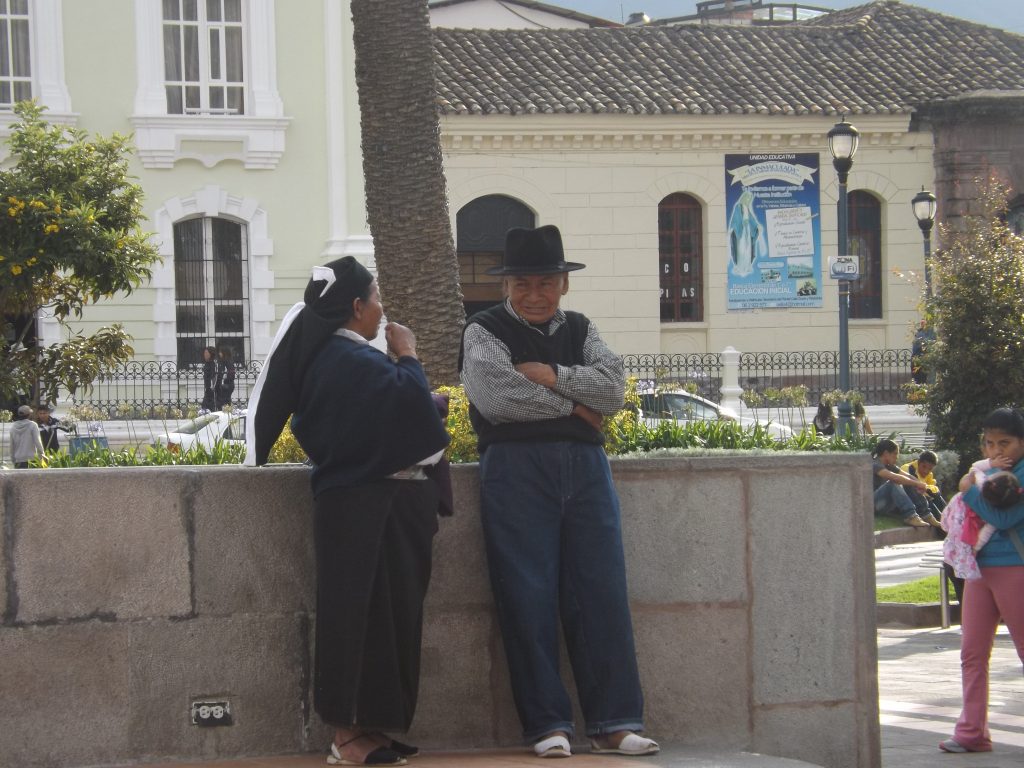
Otavalo is indeed a popular tourist destination for this indigenous craft market, which is the largest in all of South America. It is one of the sites to visit in Ecuador. Located in the Plaza de Ponchos, the Otavalo market offers a phenomenal variety of products, between ponchos, carpets, hats or woven clothing, pottery, various handicrafts and pieces made of leather by hand. This is where you can find souvenirs for yourself or your loved ones.
Besides the indigenous handicrafts market, the Otavalo market also includes a cattle fair and a food market, where you can find fruit and vegetables but also Ecuadorian specialties such as guinea pig.
Inside the city, you can admire colonial architecture and some beautiful religious buildings: El Jordan Church, San Francisco Church and San Luis Church.
Cotopaxi National Park
Located around and on the slopes of the Cotopaxi volcano reaching almost 5,900 meters and still active today, this national park is one of the most beautiful natural sites in the country. Many hiking trails allow you to explore the park. Go and see the beautiful Limpiopungo lagoon, which sits on one of the slopes of the volcano. It offers an exceptional panorama of the park and its surroundings. Not only does Cotopaxi National Park offer magnificent landscapes, but it is also marked by a very rich fauna and flora. You can easily discover it along the hiking trails. Book the services of a professional guide to visit the park. Like this you will benefit from very interesting explanations and information on the biodiversity of the national park and the region.
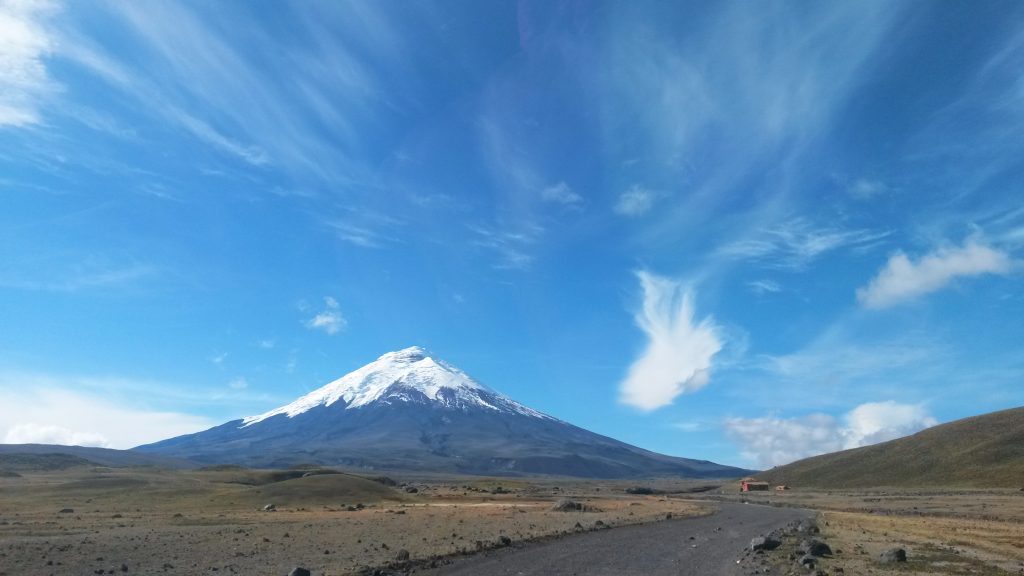
The Amazon Rainforest
The Ecuadorian Amazon is not the most popular among tourists, but it is nonetheless the most authentic and definitely a place to visit Ecuador. Expect to contemplate unspoiled nature as well as many birds and wild animals! The Amazon has an incredible biodiversity, with more than 25,000 different species of plants (orchids, palm trees, climbing plants, etc.) and many animal species such as crocodiles, monkeys, toucans, macaws, ocelots, sloths, freshwater pink dolphins or anacondas. There too, it is possible to book a guide who can tell you about the Amazon rainforest.
An excursion to the heart of the Amazon rainforest is also an opportunity to taste guayusa, a traditional drink consumed for millennia by Kichwa communities. This drink is made from a leaf native to the Amazon. It is considered a super-plant because it contains highly energetic properties. It is traditionally drunk in the morning to wake up and give yourself energy for the day (like coffee in Europe). The consumption of guayusa is done in a group: it is therefore also a ritual aimed at bringing the population together. During your stay in Ecuador, do not miss this unforgettable experience!
Another essential experience in the Amazon is the canoe ride on the river. This is a unique activity that you can only do here. It will allow you to come across caimans, monkeys, piranhas and many other animals that you are not used to seeing. In general, the organization that takes you on the river in a dugout can also offer you additional activities such as a bungee jump over the river.
Quilotoa
You will find this ancient volcano south of the Cordillera Occidental. Today inactive, the Quilotoa volcano is a must-see site. It is renowned for the magnificent lagoon which now occupies the center of its crater. To visit the maximum, it is advisable to hike along the Quilotoa loop. This path takes its starting point at more than 3,000 meters above sea level and goes up to the lagoon. The trek can last between three and five days. It is an excellent pretext to discover the biodiversity that exists on the volcano, as well as sublime landscapes and breathtaking panoramas. It is a trail that can be done on foot or by mountain bike.
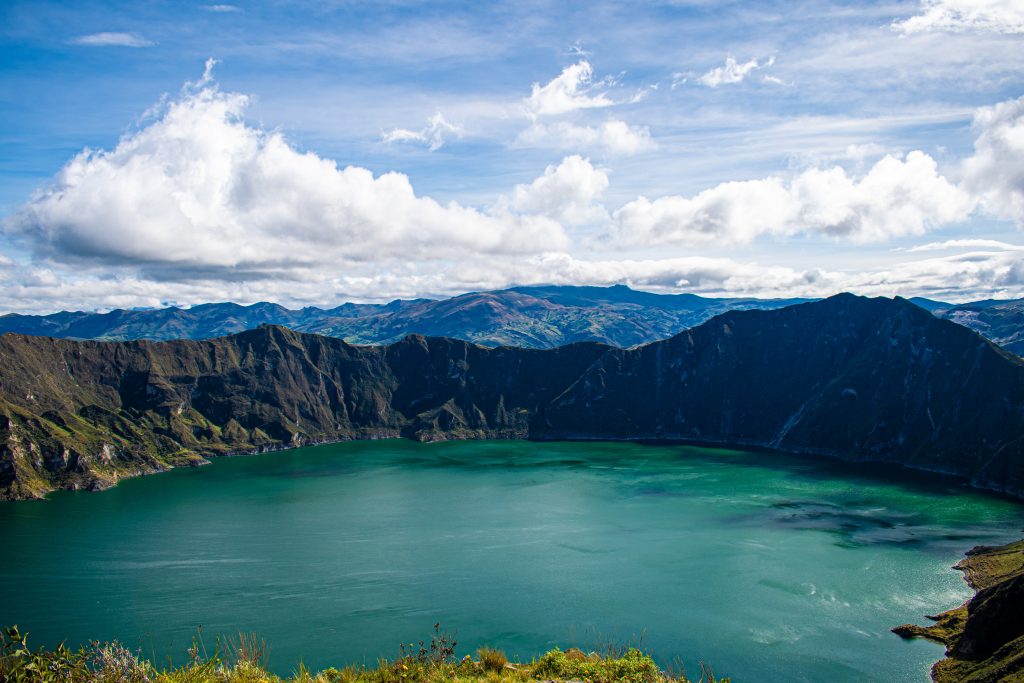
Begin your tour with a visit to the village of Quilotoa, located at 3,920 elevation on the southwest side of the crater. It is worth a visit for its local market, very popular with tourists because it offers an atmosphere and typical products. Then climb to the top of the crater at over 4,000 meters above sea level. From there, you will have a breathtaking view of the Cotopaxi and Illiniza peaks. Below, you will see the deep blue to turquoise lagoon, located in the heart of the crater.
Depending on the season and the weather, you can see the peaks of the Cordillera reflected in the waters of the lagoon. If you have the courage, go around the crater on foot: this four to five hour hike offers magnificent views. To descend into the crater and get to the edge of the lagoon, it will take you half an hour. It is not allowed to swim in the lagoon, but you can hire a pedal boat for a ride on the lake.
Along the Quilotoa loop, you will also have the opportunity to pass other charming and authentic indigenous villages.
Baños
The small town of Baños is located over 1,815 meters above sea level. It lies at the foot of the Tungurahua volcano still active today and facing a magnificent valley that stretches almost 20 kilometres long. You will be able to see more than 60 waterfalls inviting to swim there. The best known is the Paion de Diablo waterfall. It is indeed the highest fall in the region and also the most breath-taking. You can get to the bottom of the waterfall after a half-hour hiking trail. From there, the bravest can take another path that climbs to the top of the waterfall. Please beware: it is a little steeper and above all quite narrow!
Baños is a must-see destination during your visit Ecuador. Not only is it located in the heart of a region whose beauty is breath-taking, but in addition, it is also from here that you can enter the Ecuadorian Amazon rainforest. It is also a place not to be missed if you like extreme sports, such as bungee jumping, parachute or rafting.
Lovers of walking and panoramas, climb the stairs that lead to the foot of the statue of the Virgin that overlooks the city. From up there you can enjoy an incredible view.
After the effort, the comfort: Baños is also a renowned spa destination. The virgin thermal baths are the most famous thermal baths but also the most touristic: if you want a little more authenticity, go about 3 kilometres from the city, to the thermal baths “El Salado”. These thermal baths are mainly frequented by locals. They offer baths of different temperatures, including hot baths at 42 ° C perfect for relaxing. The water is considered holy and bathing there was believed to bring good luck and happiness.
La casa del arbol
Famous on social media, the Casa del arbol swing is suspended over 2,600 meters above sea level. Below, you can enjoy a bird’s eye view of a huge canyon. This swing is located in Baños, near a treehouse. This small hut was originally a centre for monitoring seismic activity in the region, but today it is no longer active and it is quite simply an attraction visited by tourists from the whole world to try his swing.
If you are dizzy, it is better to abstain! But if you decide to test this incredible experience, you will see that the casa del arbol swing offers a feeling of freedom worthy of that which you felt when you were a child. Just for that, this legendary swing is worth the detour.
Ingapirca
The ancient fortress of Ingapirca is a must-see if you want to immerse yourself in the culture and history of the country. Indeed, this site was built over 500 years ago by the Inca civilization. Its ruins are among the best-preserved Inca remains in the country today. Today, experts believe that the Ingapirca site fulfilled both a military and a religious function. One can notably observe a temple of the sun, certainly dedicated to the worship of a divinity, placed right in the centre of the fortress.
The Ingapirca site impresses with the quality of its constructions. Without cement or any other component allowing two stones to be glued together, the Incas managed to build stone buildings that have survived the centuries and are still in an astonishing state of preservation today. When you visit Ecuador and this site, book a guide to learn more about the Inca civilization and the functions of the different buildings of Ingapirca.
Cuenca – one of the must-see sites in Ecuador
Cuenca is one of the most beautiful cities in Ecuador: its magnificent colonial centre has been listed as World Heritage by UNESCO since 1999. Between its colonial dwellings dating from the 16th century and its very beautiful religious buildings, Cuenca has something to please architecture lovers.
The Cathedral of the Inmaculada Concepción is one of the must-see sites in the city: considered the most beautiful church in Cuenca, it is recognizable thanks to its original construction using stone and pink marble from Italy, as well than its blue domes and its two unfinished towers. From the roof of the church, you can enjoy a magnificent view of Cuenca. Older than the cathedral of the Inmaculada Concepción, the Church of Sagrario is also worth a visit for its charming interior containing beautiful works of art.
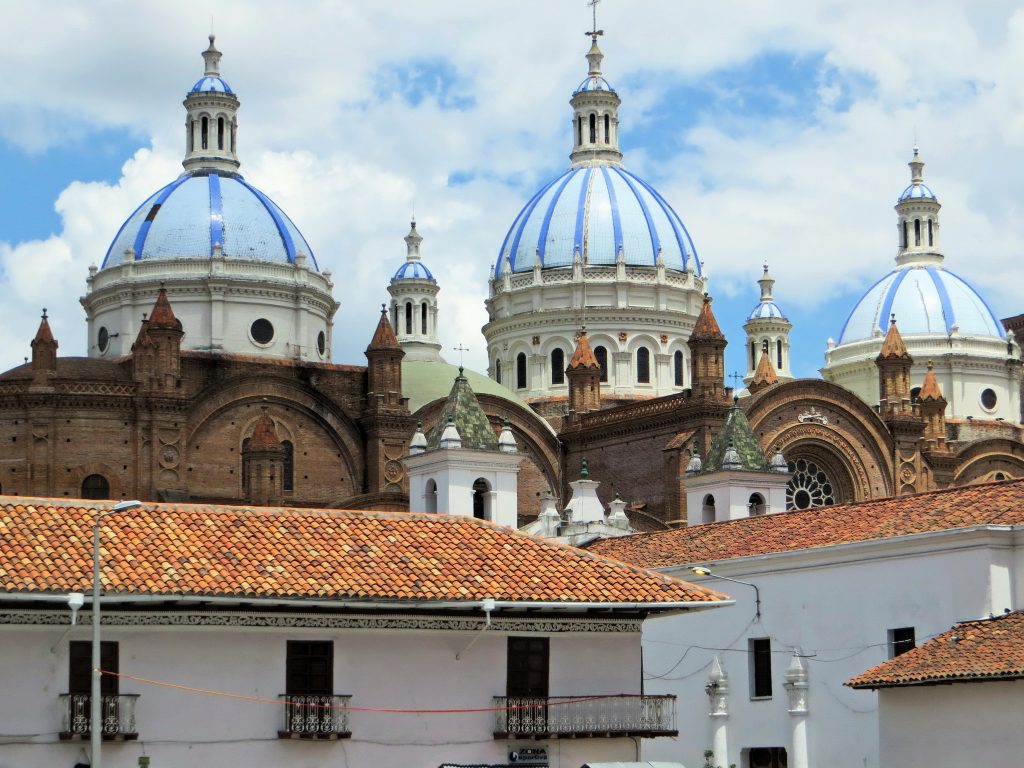
The local market 10 de Agosto is the perfect place to taste exotic and endemic fruits and vegetables in Ecuador, as well as traditional dishes like braised pork “hornado”.
Cuenca also has many museums that will teach you more about the native Ecuadorian peoples, the flora and fauna of the Cuenca region and the history of Ecuadorian money. Cuenca is also one of the cities where the famous Panama hat, Ecuadorian hat woven by hand, was born. Stop by the Sombrero Museum to learn more about this curious fashion accessory.
Finally, Cuenca also offers its own viewpoint from where you can observe the whole city: the viewpoint of Turi.
Cajas National Park
Not far from Cuenca, you will find the Cajas National Park. This nature reserve extends over more than 28,000 hectares and includes more than 250 lakes. This site is considered one of the most beautiful in Ecuador. It is a must see, whether you are a nature and hiking enthusiast or just want to unwind for a day.
Cajas National Park is known for its incredible archaeological richness, but it is especially its biodiversity that surprises. There are indeed more than 145 different plant species and more than 150 bird species. You will be able to come across many rare or endangered species such as pumas, Andean tapirs or jaguarondis.
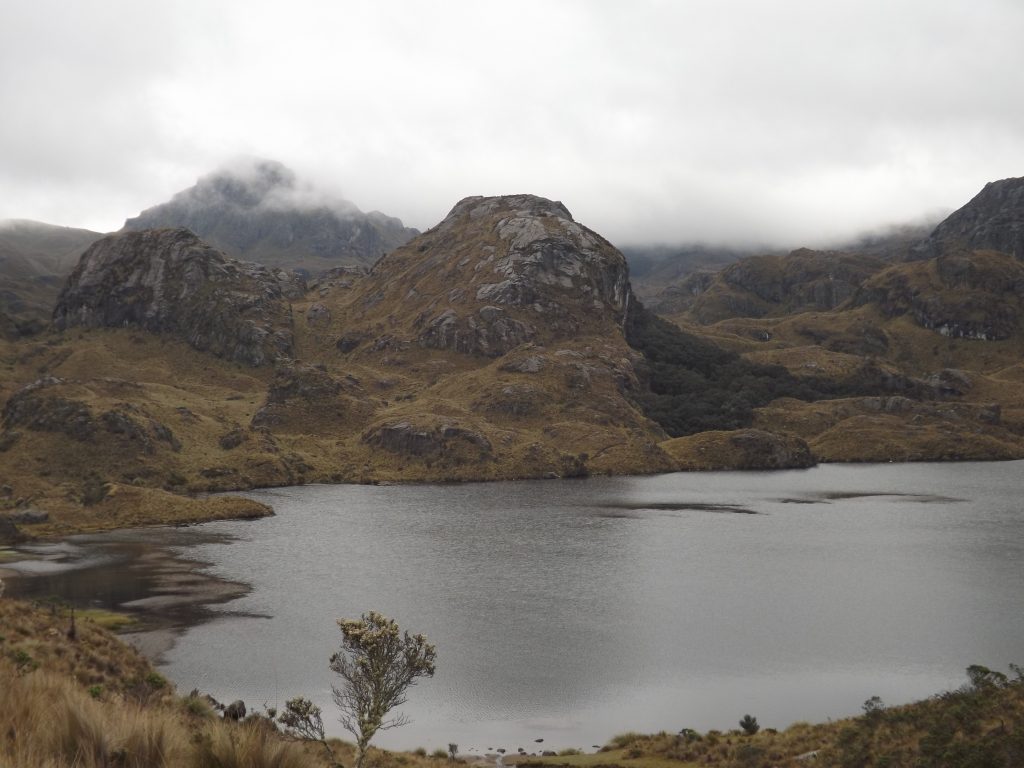
The Cajas National Park has many hiking and trekking routes, the distance and level of difficulty varies. So, whatever your level, you will find your happiness to explore the park on foot.
One of the most beautiful hiking trails will take you to the viewpoint of Tres Cruces passing through the magnificent Llaviucu valley. This viewpoint is located at more than 4200 meters above sea level. From this height you can enjoy a very beautiful view of the surroundings. The hike lasts an hour and a half. It invites you to observe a varied and sublime flora, as well as many species of animals such as llamas and alpacas.
If you have the courage, you can opt for a slightly longer trek (between two and three hours) which will allow you to observe no less than ten lakes, each offering magnificent views. Or prefer to stay several days in the park with your tent: some trekking trails will take you two to three days. This last option will allow you to see the maximum of Cajas National Park.
Guayaquil
This city is the commercial capital of Ecuador. It was founded for the first time in 1535 under the name of Santiago de Amay. Since then it has been destroyed and rebuilt several times. It was in 1543 that it got its current name, after the native civilization which then populated the region, the Guyaquiles. The history of the city is marked by numerous offensives. These shaped its territory since a fortress was built around the city to protect it from enemies.
Once peace was finally established in Guayaquil, the city experienced rapid commercial development. It is indeed located in the heart of a very prosperous agricultural region, where a lot of tropical fruits, coffee and cocoa are exploited. Fishing is also very active in Guayaquil. The port and airport of Guayaquil are among the most important commercial infrastructures in Ecuador.
Besides this flourishing economic activity, Guayaquil is also of great tourist interest. For example, its colonial architecture is worth a detour: to see very beautiful examples, stroll through the Las Peñas district. You can also admire in Guayaquil a more recent, but not less beautiful architecture like the Municipal Palace or the Metropolitan Cathedral.
Also, be aware that the city of Guayaquil is located along the Guayas River. To discover the city, you can also choose to take a boat trip along the river: you will have very beautiful views of the mainland.
Finally, go to the Boliviar Park in Guayaquil to observe the iguanas. This small garden is freely accessible. It is the home of a large number of iguanas, a species of tropical lizard that can measure up to two meters. An activity not to be missed if you are fond of photography or nature.
Galapagos Islands
Who has not heard of the Galapagos Islands before? This postcard-like volcanic archipelago is just 1,000 kilometres west of the Ecuadorian coast, so you can easily get there from Ecuador, by plane or by boat.
The Galapagos Islands archipelago is renowned throughout the world for its paradisiacal landscapes, its preserved ecosystem as well as its very varied fauna and flora including multiple endemic and rare species. The islands have been declared a “Living Museum and Showcase for Evolution” by UNESCO. It consists of a dozen islands and numerous islets. Four of these islands are inhabited today. The archipelago is at the heart of a magnificent and unspoiled marine reserve which extends over 133,000 km² (it is one of the largest in the world). This will be an opportunity for you to try your hand at diving or snorkelling.
The most famous and therefore most visited islands are the islands of Santa Cruz, San Cristobal and Isabela. They offer magnificent and long white sandy beaches, ideal for relaxing and enjoying the sun. As for the islands of Santa Fe, Espanola, Floreana, Fernandina and Bartolome, they are less known but are nonetheless real jewels in the middle of crystal-clear water. Wilderness, endemic fauna and preserved flora are on the program.
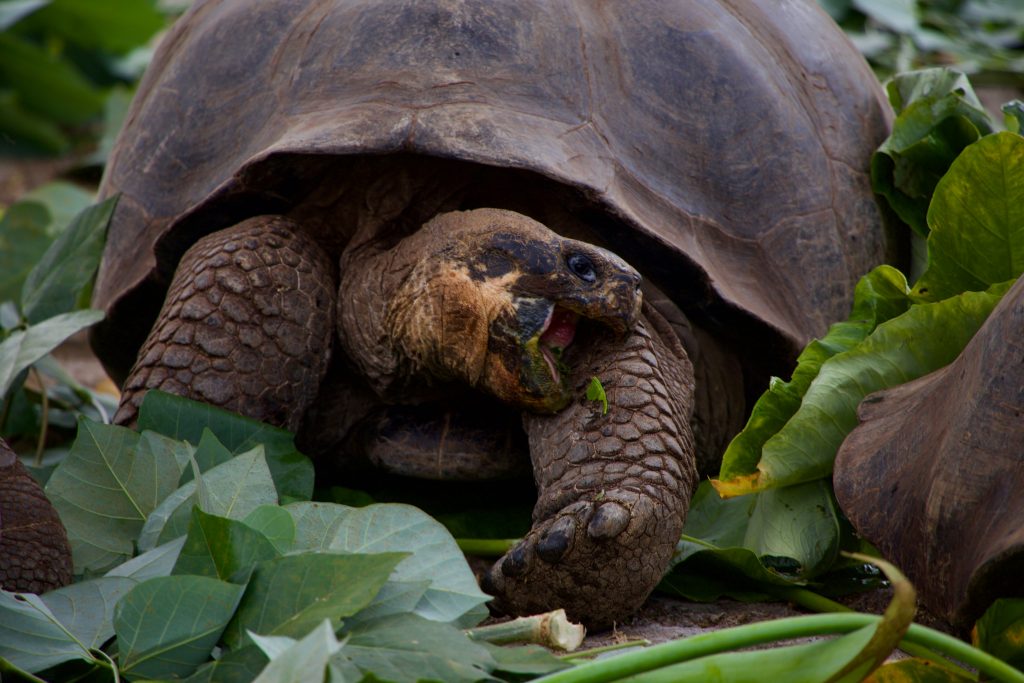
The best and most popular way to see the Galapagos whilst visit Ecuador is by boarding a cruise ship that will circle the archipelago, stopping on each island one after the other. In any case, you will have to go through an organization to visit the Galapagos Islands, because their access is highly regulated due to their fragile and preserved ecosystem.
